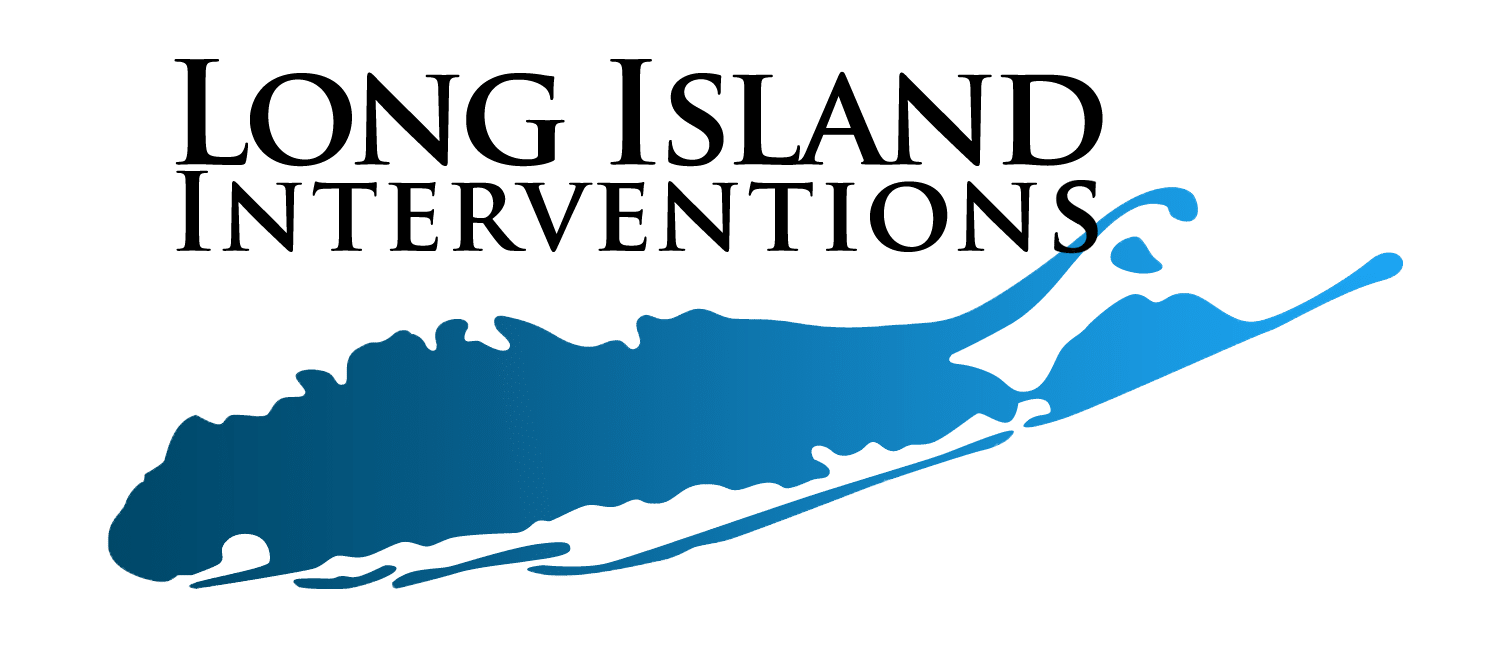According to the Centers for Disease Control (CDC), 42 out of every 100 New Yorkers in 2016 had a prescription for opioid medication. During the same year, 2,316 New Yorkers died by opioid overdose. That gave New York one of the highest opioid-related death rates in the country.

The increase in substance use disorder (SUD) in New York State is consistent with increases seen in other parts of the country. In 2010, the New York State Office of Alcoholism and Substance Abuse Services (OASAS) reported that about 12% of New York State residents age 12 and older experience an SUD every year.
An SUD usually presents as a primary addiction that may or may not include secondary addictions and a concurrent mental health disorder. For example, problem gambling is thought to affect five percent of adults. Twenty-five percent of those individuals also report a substance abuse problem.
The National Drug Early Warning System (NDEWS) reported in 2014 that 9% of NYC residents had a problem with addiction between 2012 and 2014.
Table of Contents
Primary Drugs Used by Those With SUDs
In 2015, the most popular addictive substances were alcohol, heroin, cocaine, crack cocaine, prescription opioid painkillers, and marijuana. In NYC, roughly one in 12 of those who got help for an SUD reported cocaine and crack as their go-to substances.
The most sought-after drug in New York was heroin. Marijuana was a close second. Efforts to curtail opioid prescription drug abuse have merely increased the misuse of heroin and fentanyl.
History of Heroin Use in NYC
Heroin was already in use as the 1900s began. Soon, NYC was considered the “heroin capital” of the United States. By the 1920s, the typical heroin user was a poor white male living in a low-income area. That continues to be true.
However, the U.S. Centers for Disease Control and Prevention (CDC) reported increased heroin use among women, individuals with private health insurance coverage, and those with higher incomes.
When the hippie scene emerged in the 1960s, intravenous drug use increased. “Shooting galleries” appeared in Harlem and on the Upper West Side. Law enforcement tried to shut things down during the 1980s. However, the drug trade relocated to the lower east side, where it commenced to do business as usual.
These days, technology has made it almost as easy to order some heroin as it is to order a pizza.
NYC was the birthplace of the methadone maintenance program. Methadone is used to treat heroin addiction. One dose in the morning can prevent the dreaded withdrawal symptoms for up to 24 hours.
People in methadone maintenance programs can go about their daily lives without the constant discomfort generated by an unsatisfied and hungry habit.
According to some studies, methadone maintenance can reduce heroin overdose mortality rates by up to 700% for those with active heroin addiction.
What Causes Most Overdose Deaths?
Of the total drug overdose deaths in NYC in 2016, heroin was implicated in 55% of them. Fentanyl was implicated in 44%. Fentanyl, a synthetic opioid painkiller, is the most potent opioid, and it’s easy to manufacture in underground labs. More than 75% of all drug overdose deaths involve fentanyl.
Fentanyl can be laced into cocaine, benzodiazepines, illicit prescription painkillers, and heroin to make those drugs more potent. In most cases, no one is the wiser.
Eighty percent of all 2016 drug overdose deaths in NYC involved opioid drugs. Seventy-five percent of those deaths were due to heroin or fentanyl. Ninety-three percent of the deaths involved multiple substances.
Heroin and prescription overdose deaths almost doubled between 2009 and 2016. Overdose deaths involving synthetic opioids were 10 times more frequent.
According to the National Institute on Drug Abuse (NIDA), the 2016 NYC drug overdose death rates were two percent higher than the general population.
More than 700 NYC pharmacies currently dispense naloxone, a blocking agent that can reverse the effects of opioids and head off an overdose.
Facts About Substance Use Disorder (SUD)
- Men are more likely to seek help than women. Of those who enter drug rehab, 73% are men and 27% are women.
- Of 10,623 drivers involved in New York automobile wrecks, 7,465 had been drinking.
- In 2016, NYC saw an increase of 50% in drug overdose deaths.
- Forty-two percent of people in jail have an SUD.
- Thirty-three percent of those in jail have a mental health disorder and a co-occurring SUD.
- New Yorkers are more likely to die of a drug overdose than murder, suicide, and car crashes combined.
- According to the New York State Department of Correctional Services, 83% of individuals in jail or prison need treatment for an SUD.
- Almost 20% of NYC residents in 2019 indulged in binge drinking during the previous month.
- According to NIDA, drug abuse is most prevalent among young adults between 18 and 25.
- In 2012, the Drug Abuse Warning Network (DAWN) reported that between 2004 and 2011, ER visits increased by 36 percent for people using cocaine.
- Women in the military are more likely than men to use illicit drugs. Twenty percent of female veterans develop PTSD attributable to military sexual trauma.
- Fifteen percent of NYC women and 22% of men reported excessive drinking in 2019.
- Nearly 75% of adults with an SUD in 2017 had an alcohol use disorder.
- Almost 40% of adults with an SUD in 2017 reported an illicit drug disorder.
- One out of every eight adults with an SUD reported having both an alcohol use disorder and a drug use disorder.
- Individuals with an SUD can have a co-occurring mental health disorder.
How Do You Get a Substance Use Disorder (SUD)?
Several markers can put you at greater risk for a drug or alcohol habit. An abusive home life and your personal genetic makeup will determine about 50% of your SUD risk.
Parents who are in active addiction, ongoing peer pressure, poor academic performance, and a desire to fit in somewhere can all play a role in whether you develop an addiction.
Teenagers and those with preexisting mental health issues are more likely to develop SUDs and addictions.
Drug Availability
Prescription painkillers are a problem in most of the United States, and New York State is no exception. The problem is attributed to overuse and misuse of pain medication.
In the New York State 2009 ONDCP report, 1,797 persons had drug-related deaths. That’s almost 500 more people than those who died in car crashes over the same time period.
New York City is considered a worldwide hub for illicit drugs. Law enforcement officials call it a national hot spot for the illegal drug trade.
Opioid drugs prescribed by a doctor can provide powerful and effective short-term pain relief. However, prescription painkillers are not an effective, long-term solution for chronic pain.
Drugs like heroin and morphine are highly addictive. If you’re not careful, you can find yourself with a habit you didn’t know you had. That’s when many people turn to illicit street drugs like heroin to keep from going into withdrawal.
According to “The New York Times,” it is now possible to visit the McDonald’s restaurant just off Times Square and get a side order of drugs to go with your burger and fries. The police have been called more than 200 times to no avail.
The fast food joint is conveniently located in close proximity to methadone clinics and needle exchange programs.
Recent Relapse Research
According to the most recent relapse statistics, almost 90% of people with SUD revert to using within one year after treatment.
Researchers believe nearly 70% of people recovering from an SUD will relapse within weeks or months. Roughly 50% of people with an SUD relapse within 12 months.
Many individuals in recovery see relapse as part of the natural healing process. Countless successful and long-term recoveries are built on the lessons learned during a relapse.
Although it can happen anytime, the odds of relapsing continue to decrease the longer you are sober.
The longer you remain abstinent, the easier it will be for your brain to overcome the lingering toxic effects of harmful substances and active addiction.
Sixty percent of people who enter recovery remain clean and sober after two years. Upon reaching five years, the probability of relapse is only 15%.
A recent study published in the journal Addiction revealed that people in recovery who did not receive help with their SUDs were less likely to remain abstinent after three years.
Additional factors that predicted relapse at three years included a lack of belief in oneself and using avoidance as a coping mechanism.
Sobriety can be a rough ride. Most of us need all the help we can get. If you want someone to talk to, don’t wait. Call us day or night at Long Island Interventions for information, answered questions and how to get help.
Sources:
https://www.cdc.gov/opioids/basics/terms.html
https://for-ny.org/addiction-recovery-in-nys-history/
https://americanaddictioncenters.org/rehab-guide/addiction-statistics
https://drugabuse.com/addiction/relapse/
https://www.truhealingcenters.com/what-are-the-relapse-statistics/
https://www.health.ny.gov/prevention/prevention_agenda/mental_health_and_substance_abuse/substance_abuse.htm
https://www.recoveryconnection.com/substance-abuse-statistics-by-state/new-york/
https://www.therecoveryvillage.com/local-rehab-resources/new-york/
https://longislandinterventions.com/
https://serenityatsummit.com/new-york/manhattan/
https://www.lakeviewhealth.com/addiction-resources/addiction-treatment-for-professionals/workers-compensation-information/
Published on: 2022-10-28
Updated on: 2025-06-05

